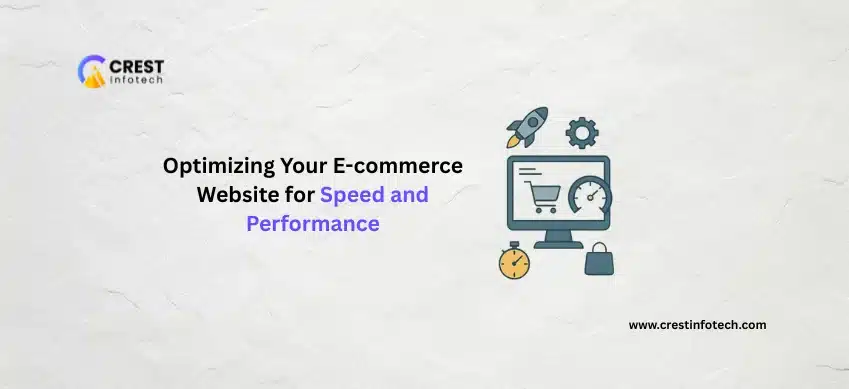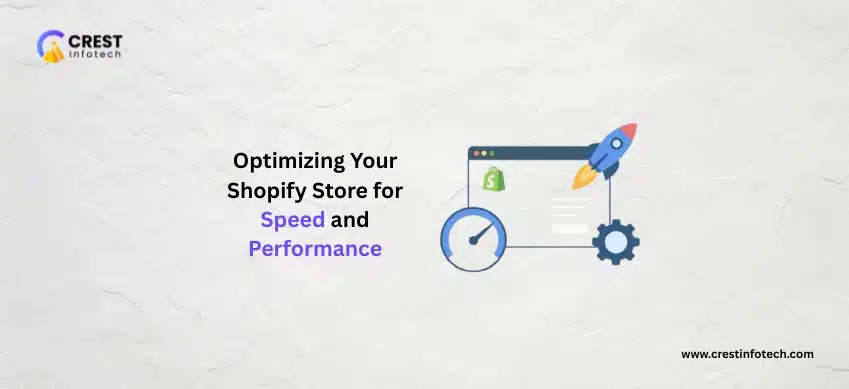Website speed isn’t just a technical concern—it’s a critical component of your e-commerce success. A slow-loading site frustrates users, increases bounce rates, and reduces conversions. Optimizing your e-commerce website for speed and performance ensures a better user experience, higher rankings, and more sales. Here’s how to do it effectively.
1. Choose a High-Performance Hosting Provider
Your hosting service significantly impacts website speed. Opt for a reliable provider that offers dedicated or cloud-based hosting with scalable resources. Look for features like SSD storage, CDN integration, and uptime guarantees.
2. Optimize Images for the Web
Large, uncompressed images are a common cause of slow load times. Compress all product and banner images using tools like TinyPNG or WebP format without sacrificing quality. Use responsive image formats to serve the right size based on the user’s device.
3. Minimize HTTP Requests
Each element on a webpage—images, scripts, stylesheets—requires a separate HTTP request. Reduce these requests by simplifying your design, combining CSS and JS files, and using CSS sprites for icons.
4. Implement Lazy Loading
Lazy loading delays the loading of images and other media until they’re needed (as the user scrolls). This technique reduces initial page load time and enhances performance on image-heavy product pages.
5. Use a Content Delivery Network (CDN)
A CDN stores copies of your website on servers around the world. This allows users to load content from the server closest to their location, reducing latency and improving load times globally.
6. Minify CSS, JavaScript, and HTML
Minification removes unnecessary characters (like spaces and comments) from your code. Tools such as UglifyJS and CSSNano can automatically compress your files, improving overall site speed.
7. Enable Browser Caching
Browser caching stores certain elements of your site on a user’s local device. When they return, the browser loads the site faster because it doesn’t need to download everything again. Set caching rules in your server or use plugins if you’re on platforms like WordPress.
8. Optimize Your E-commerce Platform
Choose an e-commerce platform known for speed, such as Shopify, WooCommerce (on optimized hosting), or Magento with performance tuning. Keep the platform, plugins, and themes updated to avoid bloat and vulnerabilities.
9. Monitor and Analyze Performance
Use tools like Google PageSpeed Insights, GTmetrix, or Lighthouse to test your website speed. These tools provide specific suggestions for improvement and allow you to track your progress over time.
10. Reduce Redirects
Every redirect adds additional HTTP requests and delay. Keep redirects to a minimum and make sure they’re implemented properly to avoid performance degradation.
11. Implement GZIP Compression
GZIP compression reduces the size of your HTML, CSS, and JavaScript files before they’re sent to the browser. This significantly improves page load times, especially for first-time visitors.
12. Use Lightweight Themes and Plugins
Overloaded themes and plugins can slow down your website. Choose lightweight, performance-focused themes and only install plugins that are necessary and regularly updated.



